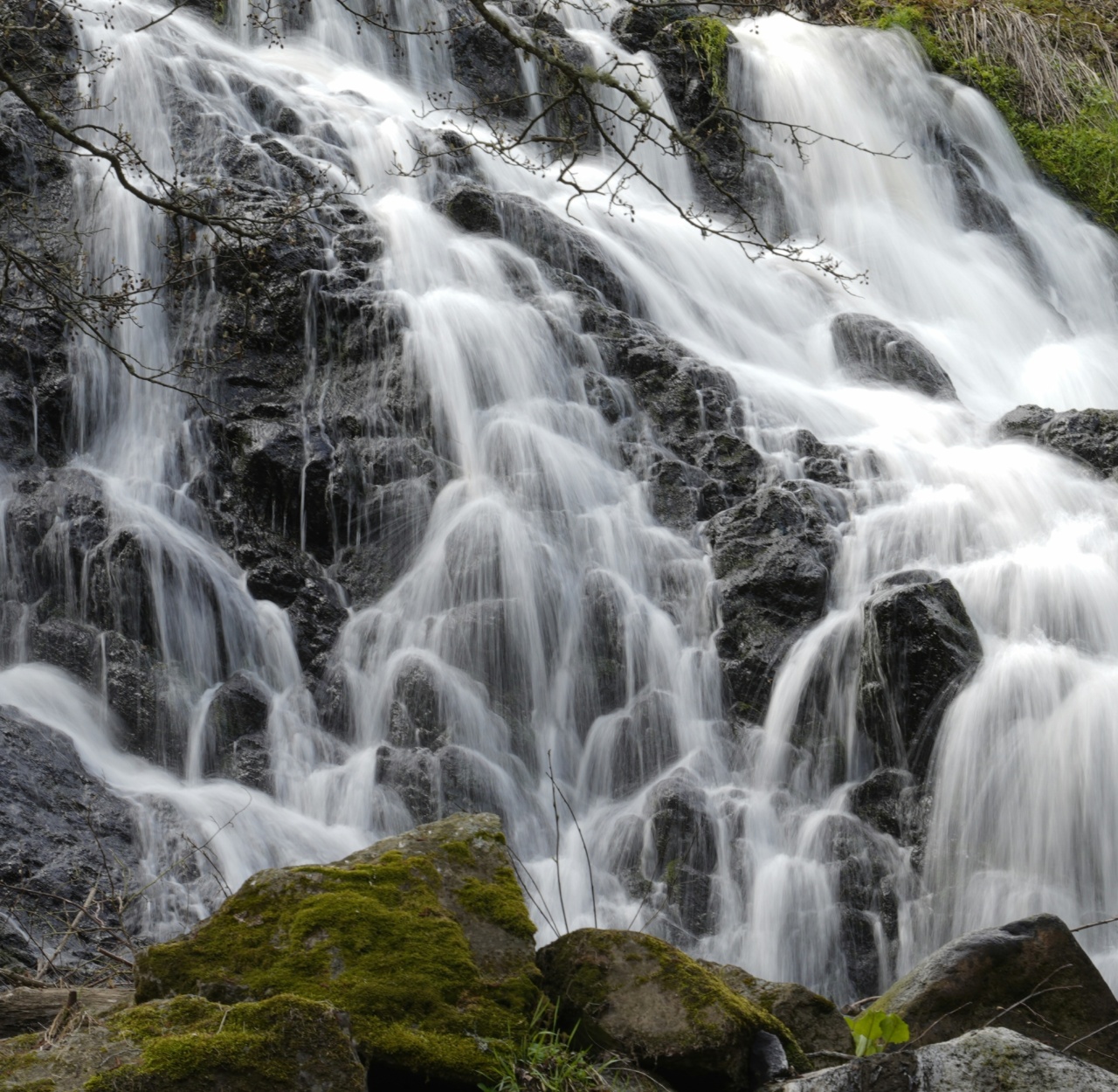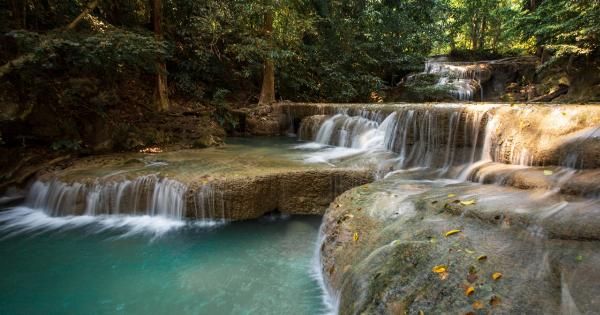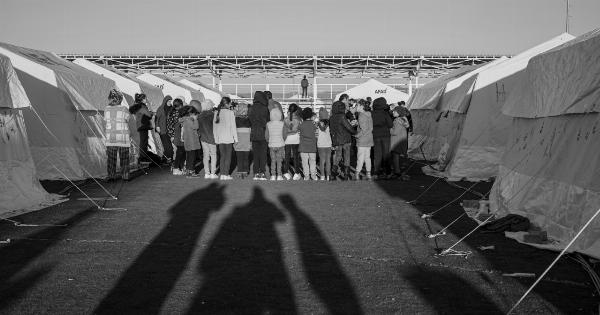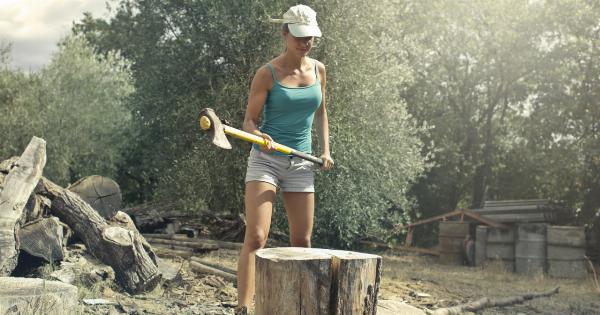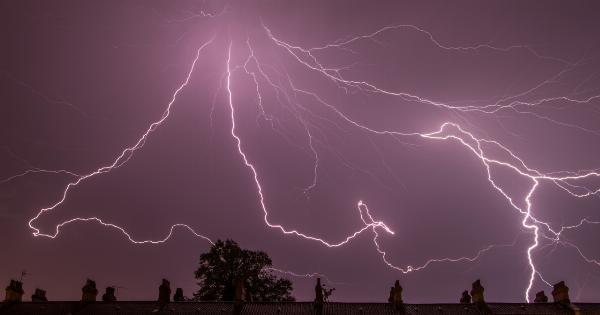Waterfalls are captivating natural phenomena that attract thousands of visitors every year. However, beauty sometimes hides danger, and waterfalls can be treacherous.
Despite the inherent risks, many people indulge their adventurous spirit and become vulnerable to accidents. Therefore, intervention at waterfalls is crucial to save lives, prevent injuries, and avoid tragedies. The importance of intervention at a waterfall cannot be overemphasized, and this article expounds on the reasons why intervention is necessary.
Why Intervention Matters
Waterfalls attract visitors because of their magnificence and captivating views. However, visitors often underestimate the hazards that lurk beneath the picturesque scenery.
Waterfalls possess hidden dangers such as strong currents, slippery rocks, and sudden drops that can cause fatalities. When accidents happen, timely intervention is essential to prevent the situation from escalating and minimize the potential damage. Intervention can be the difference between life and death, and it is crucial in the following ways:.
Preventing Loss of Life
Waterfall accidents can be fatal and result in loss of life. Intervention plays a critical role in saving lives and reducing the risk of fatalities.
Swift and efficient action by responders can make the difference between life and death in emergencies such as drowning, falls from high places, and being swept away by strong currents. Every second counts in such situations, and therefore, a prompt intervention can save lives.
Reducing Injuries
Even when fatalities are avoided, waterfall accidents can still cause severe injuries, leading to disabilities, long-term effects, and medical expenses.
Intervention can reduce the risk of injuries by preventing accidents from escalating and providing immediate first aid. Quick response and immediate medical attention can limit the extent of injuries and reduce the adverse effects of accidents.
Rescuing Victims
Intervention is necessary to rescue victims who are trapped or injured. When accidents happen, the victims may be in precarious positions, making it impossible for them to help themselves.
In other cases, victims may be swept away by the water currents and taken downstream, making it hard to locate them. Responders, equipped with the necessary tools and expertise, can navigate the rough terrain, find the victims, and provide the necessary assistance. Quick intervention can facilitate timely rescue operations, increasing the chances of survival.
Providing First Aid
First aid is crucial in waterfall accidents as it can prevent further harm to the victims, stabilize their condition, and reduce the risk of complications. Intervention teams are trained to provide first aid in emergencies.
First aid may include administration of basic life support, wound care, stabilization of fractures, and immobilization of injured limbs. The application of first aid techniques can help stabilize the condition of the victim and prevent further deterioration, making it possible for them to receive medical attention at a hospital.
Preventing Tragedies
Certain waterfall accidents, such as drownings or multiple fatalities, can be devastating for the victims, their families, and the community. Intervention can help prevent tragedies by averting accidents and keeping visitors safe.
By deploying trained personnel, warning signs, safety barriers, and other protective measures, intervention can mitigate the risk of accidents, reduce the potential for harm, and create a safe environment for visitors.
Who Should Intervene?
Intervention at waterfalls requires specialized skills and expertise in emergency response, search and rescue, first aid, and other related areas.
Several categories of responders may be involved in intervention, depending on the nature and scope of the accident:.
- Security personnel or lifeguards who are responsible for monitoring safety and responding to emergencies.
- Emergency services such as firefighters, paramedics, or ambulance services, who provide medical attention, first aid, and transportation to hospitals.
- Search and rescue teams that are trained to navigate rugged terrain, search for missing persons, and provide assistance in emergencies.
- Specialized teams such as swiftwater rescue teams, cave rescue teams, or mountain rescue teams that have advanced skills and knowledge in specific environments.
Conclusion
Waterfalls are magnificent, but they can also be dangerous. Accidents at waterfalls can cause fatalities, injuries, and other forms of harm.
Therefore, intervention at waterfalls is essential to save lives, prevent injuries, rescue victims, provide first aid, and avoid tragedies. A timely and efficient intervention can make all the difference in emergencies, and responders play a crucial role in ensuring the safety of visitors to waterfalls.
